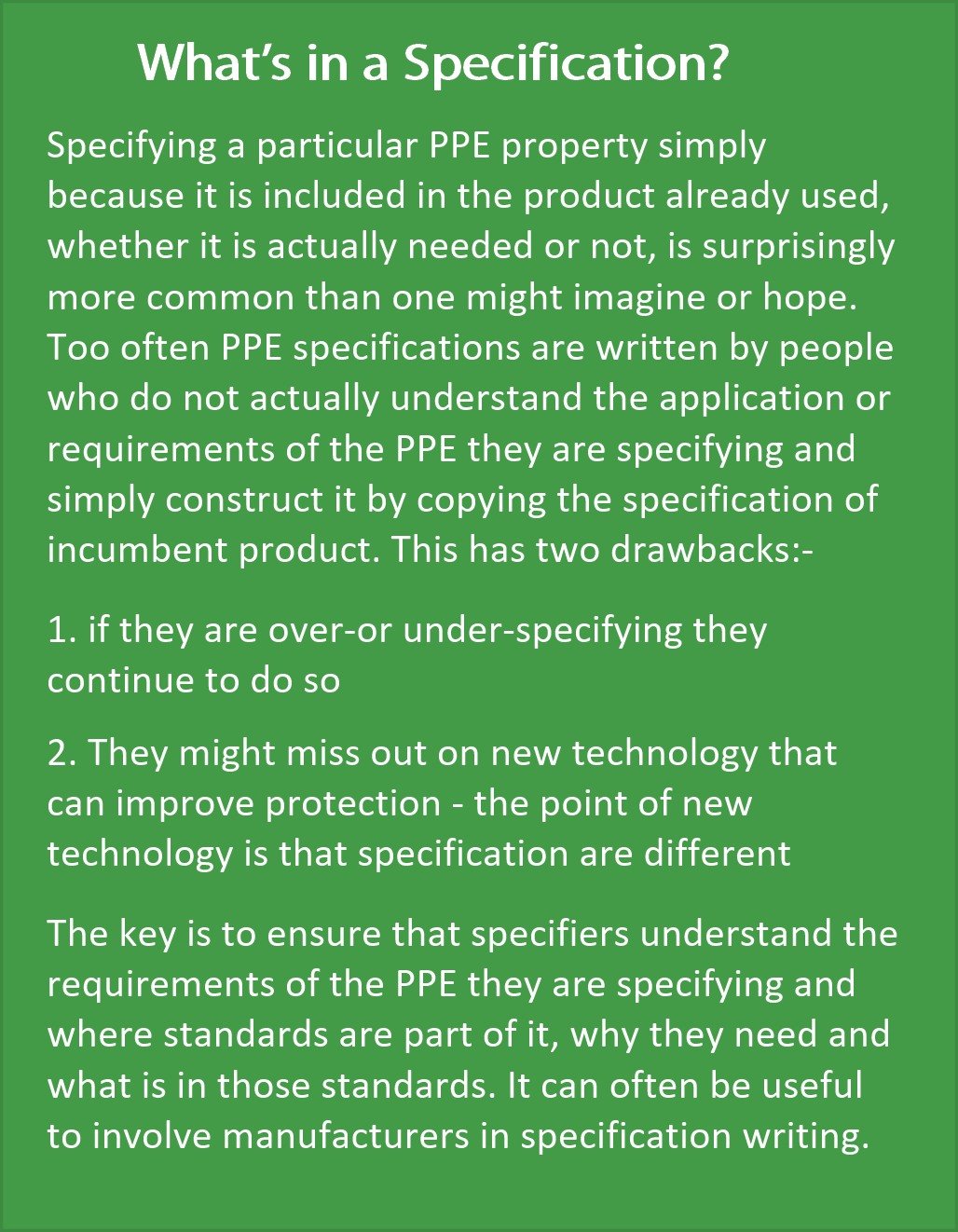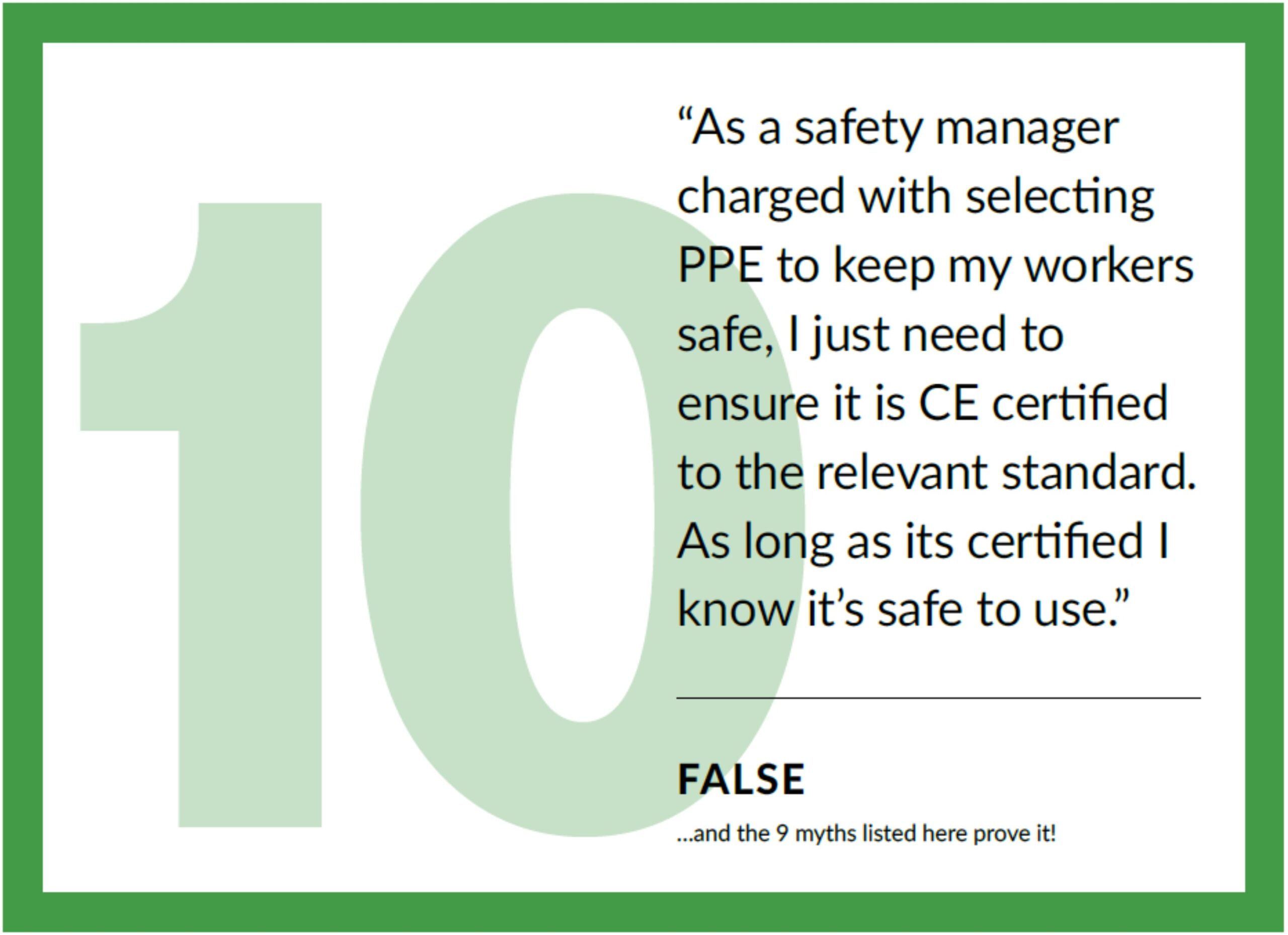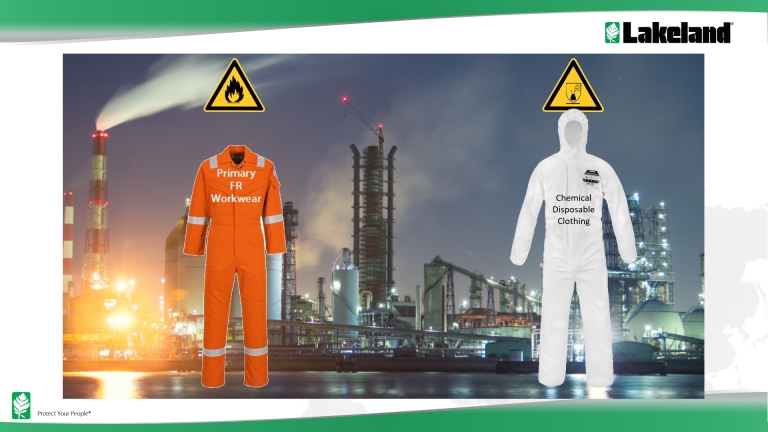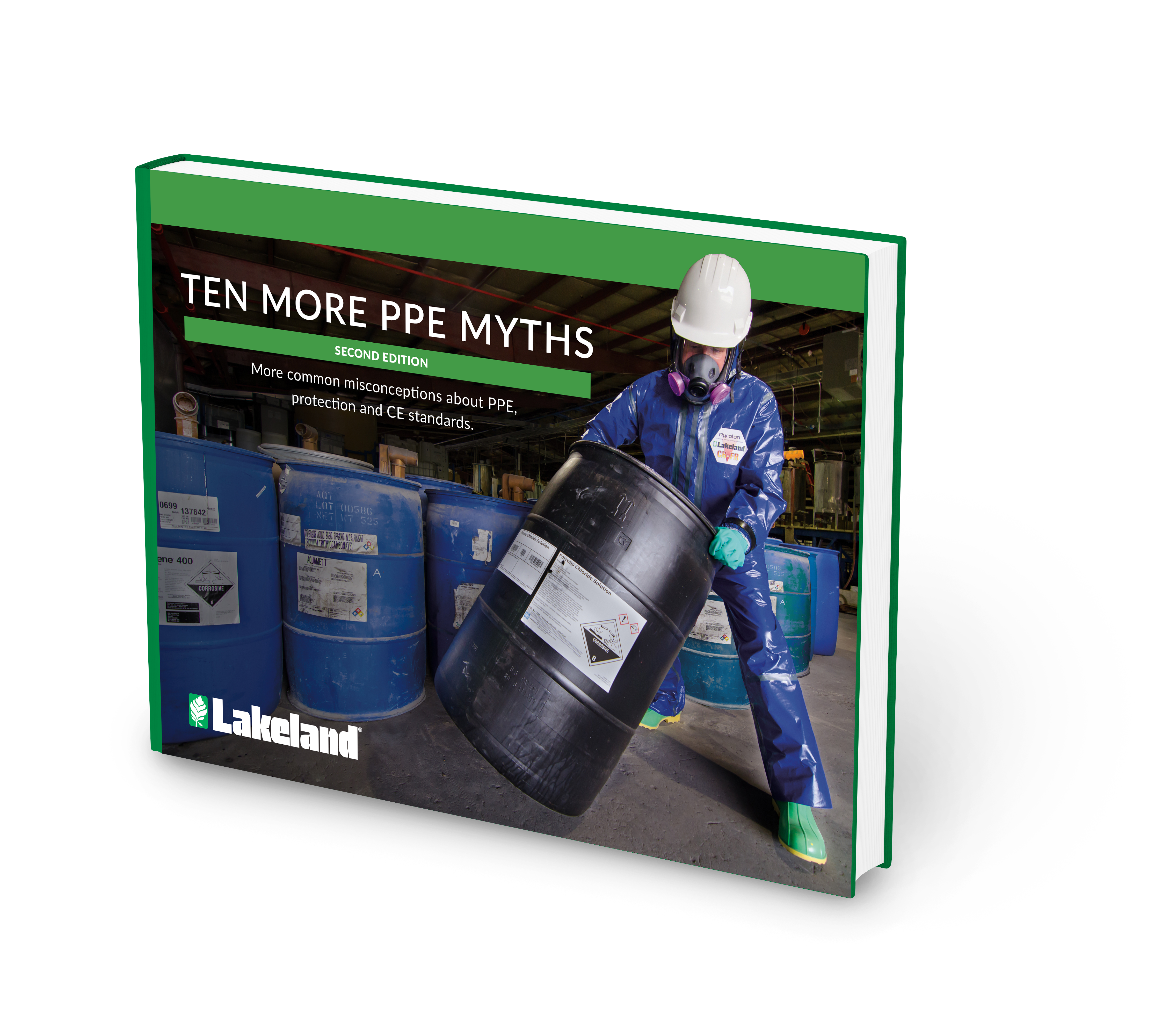In this blog, I’ll explain why careful reading of safety equipment and clothing user instructions can be vital and look at four examples of when not doing so can have potentially dangerous consequences.
In the case of CE certified PPE and safety clothing, user instructions are not just random tips and usage advice put together by individual manufacturers.
Indeed, much of the information included is quoted from various standards – sometimes requiring very specific excerpts to be included. An example of this is the EN 1149 standard for anti-static garments. The garment requirements (Part 5) have six specific warnings that must (or should) be printed on the user instruction (see point 4 below). Not being aware of these and, as a result, not using a garment correctly, might mean the anti-static properties simply don’t work.
Of course, this may not be a critical issue. As with many “peripheral” standards, users often specify anti-static simply because it is noted on the garment they have been using. However, in applications where it is critical – such as explosive atmospheres where a static spark (which is what EN 1149 is intended to avoid) might cause an explosion – the consequences could be catastrophic.
In addition, as standards have become more detailed in the effort to make them more comprehensive, examples where items of PPE meet a standard “except for a particular clause within it” have become more common, such as in the EN 1073 example below.
Again, a product not meeting a specific clause in a standard may not be that important… but to judge whether it is or not, you need to be aware of it.
Be careful reading PPE user instructions. They will often provide important information about how the garment should or should not be used, limiting the actual protection level provided.
Below are four specific examples relating to protective clothing:
1. EN 1073 – Protection against radiation-contaminated dust particles
EN 1073 is a variation of the Type 5 (EN 13982) dust protection standard. It’s designed specifically to meet the requirements of the nuclear power industry for protection against dust particles that might be contaminated with radiation.
Most Type 5 and 6 disposable safety clothing is certified to this standard, even though most users don’t need it (see box-out above).
(Note: it does not define protection against radiation but against inward leakage of dust that might be contaminated with radiation).
The unique nature of nuclear applications means some of the PPE requirements are slightly different to those for a standard Type 5 coverall, specifically that the minimum performance requirement for puncture resistance is Class 2 (>10 N). Most lightweight disposable fabrics simply do not meet this requirement, so it’s not uncommon to find – after a careful review of the product label – a small warning triangle next to the EN 1073 pictogram with a reference to a note in the user instructions. The note states the garment meets EN 1073 requirements with the exception of Clause 4.2 and the minimum requirement for puncture resistance.
Of course, most users of disposable coveralls, aren’t protecting against radiation-contaminated dust particles, so it’s not a critical issue. On the other hand, those in the nuclear industry might need to be aware of it when it comes to PPE, so reading the instructions is vital.
2. Type 3 chemical suits… are they really Type 3?
According to EN 14605, most users of chemical suits require Type 3 and Type 4 protection. In truth, many don’t. Type 3 is stated as required because it is included in suits previously used, yet most applications are Type 4 and not Type 3.
However, where Type 3 is needed, and a Type 3 and 4 garment are selected, it’s worth reading the user instructions carefully because, on some garments, Type 3 is only achieved under certain conditions.
For example, Lakeland’s product ChemMax 1 EB states clearly on its label and in its instructions that Type 3 is only achieved if the protective flap over the zip is taped up to seal it. However, some manufacturers of apparently “Type 3” garments are not so up front: only upon careful reading of the instructions will the truth be revealed. It might be that the garment is only Type 4 when worn “as it comes” and only achieves Type 3 when tape is used to seal the zip fastener.
In most cases this will not be important because – as mentioned previously – most applications are Type 4 and don’t need Type 3. Furthermore, these applications are of a nature where protection is needed against the risk of a chemical splash or spray, rather than because the wearer is being regularly subject to a spray. In fact, wearers might be wearing “Type 3” PPE, only to discover its not after an incident occurs (at which point it’s too late).
On the other hand, if Type 3 is an important requirement for your application and you haven’t realized that your chemical suit is only Type 3 if the zip is taped up (because you’ve never read the user instructions), you may want to evaluate your options.
3. Dust protection: Type 5… what is the real Inward Leakage?
This issue has been dealt with in detail in another blog but in short, some manufacturers claim very low inward leakages of less than 1% as an indication of the very effective dust protection their Type 5 coverall offers (“inward leakage” being the percentage of dust outside the coverall that has penetrated inside the coverall in the “whole suit inward leakage test”).
However, the percentage of dust in the atmosphere that ends up inside a suit is based on a number of factors, not least the fact that such low inward leakage figures are generally only achieved as a result of taping of the zip (through which a high proportion of the dust will otherwise penetrate).
Once again, if you have selected a coverall that claims a less than 1% inward leakage because you are working with an especially hazardous dust, but have not realized that figure is only achieved through additional taping of the garment before use (because you didn’t read the user instructions), it might well be important…
4. Anti-static: the shocking truth about EN 1149
We dealt with this in our blog on the subject . Here are two key points:
With disposable protective clothing, anti-static properties are achieved through a topical treatment on the fabric surface. This means that it may erode over time and will rub off through use.
- Anti-static relies on allowing a static charge to dissipate across the fabric surface and go harmlessly to earth without creating a possibly incendiary spark. However, this only works if the garment is earthed, in other words, if there is a route to earth for it to take.
If not, the charge has nowhere to go and may build until it jumps to another surface, creating a spark.
As stated in the introduction, the EN 1149 standard has detailed requirements concerning what information must be included in the user instructions to address and warn users about the above and other related issues.
Again in many circumstances this might not be important. Many users state a requirement for anti-static PPE without a clear understanding of what it is and how it works. Yet, like with the other examples here, not being aware of these issues (you guessed it… because you haven’t read the user instructions!) in applications where it is important, it might mean you are wearing garments that do not have the anti-static properties you believe them to have, and, secondly, that you are not managing the use of the garments to ensure proper mitigation of static hazards.
Conclusion
These are just four examples of how, by not reading the user instructions that come with PPE, you can create unnecessary and possibly dangerous risks.
In addition:
- You might have much lower protection than you think you have
- You might not be using PPE in the way it was intended… or you are using it in ways it should not be used
- You unwittingly fail to initiate important management or maintenance programs that might be important in maintaining the protection you need
- You might not be using the best PPE for the job… which can have positive and/or negative implications for protection, comfort and cost.
The increasing complexity of CE standards means that PPE user instructions have become incredibly complex documents (often with very small print!)… and the requirement that they are provided in every European language of destination (Lakeland’s current version includes 22 languages) means they are somewhat daunting to approach. However, these examples show that taking the time to read instructions is not only useful… it might be vital.




 With disposable protective clothing, anti-static properties are achieved through a topical treatment on the fabric surface. This means that it may erode over time and will rub off through use.
With disposable protective clothing, anti-static properties are achieved through a topical treatment on the fabric surface. This means that it may erode over time and will rub off through use.

